The Norway Portal
Norge Portal

|

|

| |
Norway (Bokmål: Norge, Nynorsk: Noreg), formally the Kingdom of Norway, is a Nordic country in Northern Europe, situated on the Scandinavian Peninsula. The remote Arctic island of Jan Mayen and the archipelago of Svalbard also form part of Norway. Bouvet Island, located in the Subantarctic, is a dependency; Norway also claims the Antarctic territories of Peter I Island and Queen Maud Land. The capital and largest city in Norway is Oslo.
Norway has a total area of 385,207 square kilometres (148,729 sq mi) and had a population of 5,488,984 in January 2023. The country shares a long eastern border with Sweden. It is bordered by Finland and Russia to the northeast and the Skagerrak strait to the south. Norway has an extensive coastline facing the North Atlantic Ocean and the Barents Sea. Harald V of the House of Glücksburg is the current King of Norway. Jonas Gahr Støre has been Prime Minister of Norway since 2021. As a unitary state with a constitutional monarchy, Norway divides state power between the parliament, the cabinet, and the supreme court, as determined by the 1814 constitution. The unified kingdom of Norway was established in 872 as a merger of petty kingdoms and has existed continuously for 1,151–1,152 years. From 1537 to 1814, Norway was part of Denmark–Norway, and, from 1814 to 1905, it was in a personal union with Sweden. Norway was neutral during the First World War, and in the Second World War until April 1940 when it was invaded and occupied by Nazi Germany until the end of the war.
Norway maintains the Nordic welfare model with universal health care and a comprehensive social security system, and its values are rooted in egalitarian ideals. The Norwegian state has large ownership positions in key industrial sectors, having extensive reserves of petroleum, natural gas, minerals, lumber, seafood, and fresh water. The petroleum industry accounts for around a quarter of the country's gross domestic product (GDP). On a per-capita basis, Norway is the world's largest producer of oil and natural gas outside of the Middle East. The country has the fourth- and eighth-highest per-capita income in the world on the World Bank's and IMF's list, respectively. It has the world's largest sovereign wealth fund, with a value of US$1.3 trillion. (Full article...)
Selected article –
Selected picture –
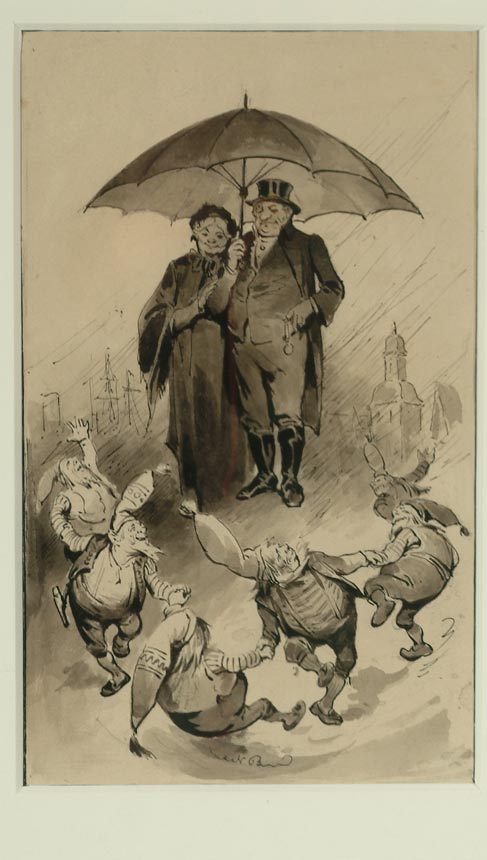
In this month
- Opening of Atlanterhavsveien (The Atlantic Road), 7 July 1989.
- First cabinet Gerhardsen, often called the Unification Cabinet (Samlingsregjeringen), was a Norwegian government appointed to serve under Prime Minister Einar Gerhardsen between 25 July and 5 November 1945, in the aftermath of the Second World War.
General images –
Selected biography –
Did you know –
- ...that after being closed in 1978, Sandefjord Airport Station reopened in 2008 with a new name to serve Sandefjord Airport, Torp (pictured), Norway?
- ...that Harriet Holter, an economist by education, has been described as a pioneer of women's studies in the Nordic countries?
- ...that Norwegian historian Tore Pryser has criticised the perceived importance of Norwegian resistance members during World War II?
Selected quote –
Categories
Selected panorama
Bokn is a municipality in the county of Rogaland, Norway. Bokn was separated from Skudenes in 1849. Bokn is one of the smaller municipalities of Rogaland, consisting of 3 islands: Ognøy, Austre (eastern) Bokn and Vestre (western) Bokn. (Full article...)
Main topics
Counties: • Agder • Innlandet • Møre og Romsdal • Nordland • Oslo • Rogaland • Troms og Finnmark • Trøndelag • Vestfold og Telemark • Vestland • Viken (county)
Culture: Bunad
• Constitution Day
• Cuisine
• Farm culture
• Jul
• Literature
• Music
• Cinema
History: Ancient Norwegian property laws • Nordic Stone Age • Nordic Bronze Age • Komsa • Fosna-Hensbacka culture • Funnelbeaker culture • Hamburg culture • Nøstvet and Lihult cultures • Maglemosian culture • Viking Age • Harald I of Norway • Olav IV of Norway • Haakon I of Norway • Olaf I of Norway • Olaf II of Norway • Battle of Stiklestad • Canute the Great • Magnus I of Norway • Harald III of Norway • Battle of Stamford Bridge • Magnus III of Norway • Sigurd I of Norway • Magnus V of Norway • Sverre of Norway • Haakon IV of Norway • Magnus VI of Norway • Eric II of Norway • Kalmar Union • Denmark–Norway • Union between Sweden and Norway • Dissolution of the union between Norway and Sweden in 1905 • Haakon VII of Norway • Olav V of Norway • Harald V of Norway • Occupation of Norway by Nazi Germany • Norwegian Campaign • Norwegian resistance movement • Legal purge in Norway after World War II • Foreign relations of Norway • Military of Norway • Norway and the European Union
Language: Å • Æ • Ø • Bokmål • Det Norske Akademi for Sprog og Litteratur • Differences between Norwegian Bokmål and Standard Danish • Høgnorsk • Nordic Council • Nordic Language Convention • Noregs Mållag • Norsk Ordbok • North Germanic languages • Norwegian alphabet • Norwegian dialects • Norwegian Language Council • Norwegian language conflict • Norwegian phonology • Nynorsk • Old Norse • Riksmålsforbundet • Russenorsk
Politics: Constitution • Counties (Fylker) • Elections • European Union relations • Foreign relations • Government • Monarchy • Municipalities (Kommuner) • Political parties • Prime Minister • Norwegian nationalism • Romantic nationalism • Sámi Parliament • Storting
Featured and Good content
Related portals
Northern Europe
Other countries
WikiProjects
- Parent projects
WikiProject Countries • WikiProject Europe
- Main project
- Similar projects
WikiProject Denmark • WikiProject Finland • WikiProject Iceland • WikiProject Sweden • WikiProject Russia
What are WikiProjects?
Things you can do
- Add {{Portal|Norway}} to existing See also sections of Norway-related articles.
- Tag the talk pages of Norway-related articles with the {{WikiProject Norway}} banner.
- Rate the Unassessed Norway articles in the Norway WikiProject.
- Requested articles: Requested Norway-related articles
- Expand stubs: Building and structure stubs, Company stubs, Nordic football club stubs, Geography stubs, History stubs, Musical group stubs, People stubs, All Norway stub articles
- Note: For additional tasks, see - Wikipedia talk:WikiProject Norway/to do
Associated Wikimedia
The following Wikimedia Foundation sister projects provide more on this subject:
-
 Commons
Commons
Free media repository -
 Wikibooks
Wikibooks
Free textbooks and manuals -
 Wikidata
Wikidata
Free knowledge base -
 Wikinews
Wikinews
Free-content news -
 Wikiquote
Wikiquote
Collection of quotations -
 Wikisource
Wikisource
Free-content library -
 Wikiversity
Wikiversity
Free learning tools -
 Wikivoyage
Wikivoyage
Free travel guide -
 Wiktionary
Wiktionary
Dictionary and thesaurus


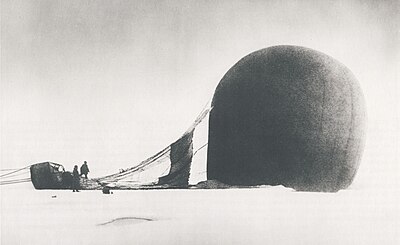

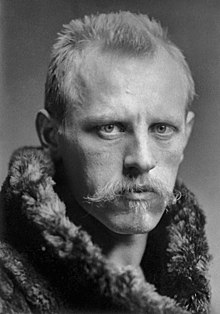





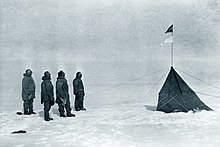
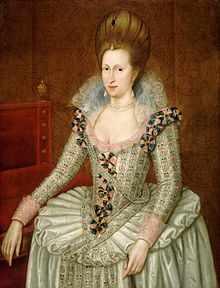

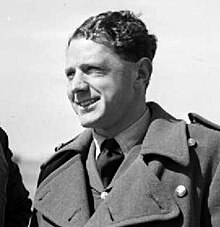

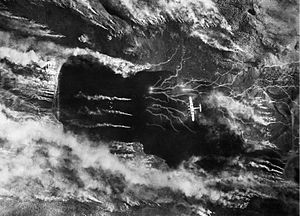
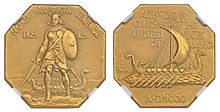


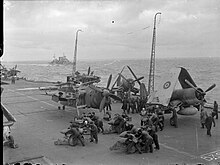
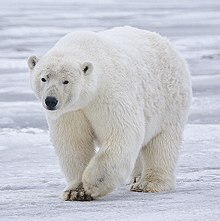
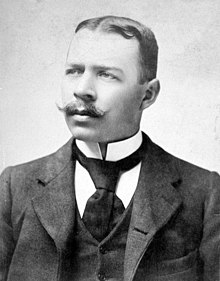


















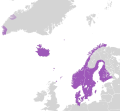





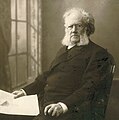






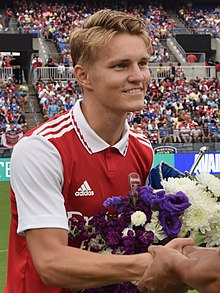
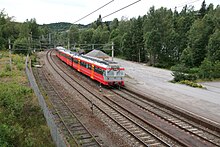

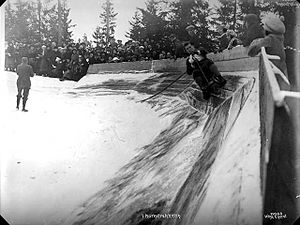







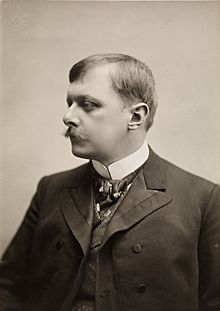
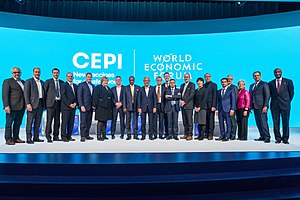
























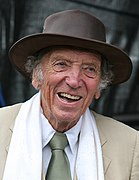
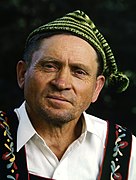


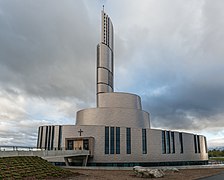
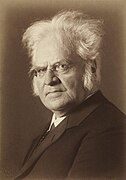


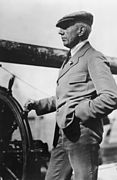




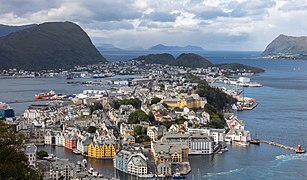














Recent Comments